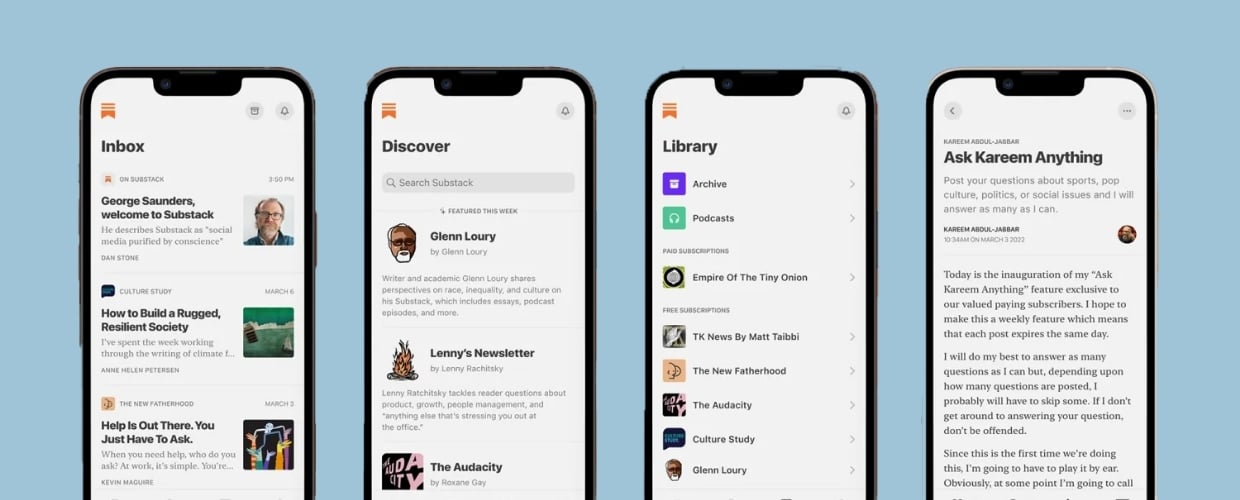Want to simulate being a modern-day journalist? It’s easy. First, turn on your computer. Next, sign up for 250 daily email newsletters. Then, ask a friend to call you every 45 minutes. Don’t forget to open Twitter, Facebook, and your internal chat platform so you don’t miss anything.
Now, try to block all that out and concentrate on reporting and writing a good story.
Information management has become one of the most important skills in the newsroom, as reporters receive hundreds of messages across several platforms each day. Ignoring most of those incoming missives is simply part of the job. For PR professionals, that means even a perfectly crafted pitch can end up being serenaded by crickets.
But sometimes, PR pitches miss the mark due to avoidable mistakes. At PRWeek’s insightful “Swipe Right” conference in New York City, a panel of editors, executives, and content creators took the stage to discuss how to grab their attention with a pitch.
Familiarity and personality increase the likelihood of a positive response, but there are no guarantees. And while there isn’t a magic formula, there is a recipe for disaster: Certain things punch a one-way ticket to the Delete folder, and they were common enough for several panelists to mention them.
Understand the recipient: The most-cited pet peeves for pitches had to do with a lack of awareness and research. Large news organizations cover a lot of topics, but sections are often siloed; if you pitch a fashion story to a science reporter or an executive editor as if they’re a writer, your email is easy to ignore. “It’s never been easier to find out what a person’s title is and what kind of work they do,” explained Mic managing editor Stephanie Clary during the discussion. “Use all those resources.”
Get personal: If you mention something the recipient has written -- and demonstrate you’ve read beyond the headline -- they’ll be more likely to respond. Even basic levels of personalization go a long way. “I actually got an email that started with ‘Dear (Journalist),’” said Tim Pool, host of Timcast, during the panel. “There’s nothing personal in [many emails]. If it was like ‘Hey Tim, what’s up? I have a story you might be interested in,’ I’d read it.”
Respect the clock: The news cycle is 24/7, but journalists need to eat, sleep, and log off once in a while. “There are west-coast publicists who need to be reminded that many journalists they’re pitching aren’t on California time,” said panelist Jamilah Lemieux, a VP at iOne Digital, during the discussion. “If you send something when I’m already home because it’s 8 p.m. our time, it won’t get attention.”
Don’t cold-call: With all the challenges regarding email, why not pick up the phone and call? Well, according to this Muck Rack survey of journalists, more than 72 percent of reporters dislike phone pitches. Email doesn't interrupt what they're doing, it can be forwarded to other editors and writers, and it’s easy to read or reply to later.
Reconsider the subject: Your message is contending with a zillion other emails and tight deadlines. That means the subject line is incredibly important. “I get pitches where the subject line is ‘Timely business story,’” said The Atlantic senior editor Derek Thompson onstage. “Imagine how I’m going to deal with a random subject line at 7:05 in the morning when I’ve been awake for 45 seconds.” Sometimes, making your subject line enticing doesn’t take any work. “A blank subject line gets a click,” Thompson explained. “Why? Because who would dare email me with a blank subject line? People who know me! Friends!”
Generic is fine if it’s relevant: While journalists love a personal touch, boilerplate blasts are OK under the right circumstances. It all comes back to knowing your recipient, what they do, and whether they’re the right person for the story. “Generic emails are fine if there is a real connection to the work that we do,” explained iOne Digital’s Lemieux, noting that editors and executives may be open to suggestions if they oversee several websites or sections. “If you’re not exactly sure how the story could land, let us know which website you’re thinking of,” Lemieux said. “As an executive, I’m working directly with editors, but I’m not writing about the things coming to me.”
The biggest takeaway? PR professionals and journalists rely on similar skills to reach their target audiences. Reporters and editors put a lot of effort into researching stories, honing the narrative, and crafting display copy to entice readers. For PR professionals, the same attention to detail applies to researching your recipients, adding personality to the message, and working on that subject line. Otherwise, journalists can tell when PR professionals are emailing it in. As The Atlantic’s Thompson put it during the panel, “Everything that looks random is gone.”




